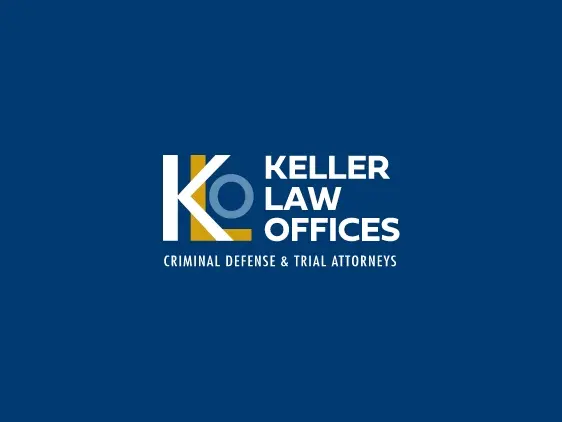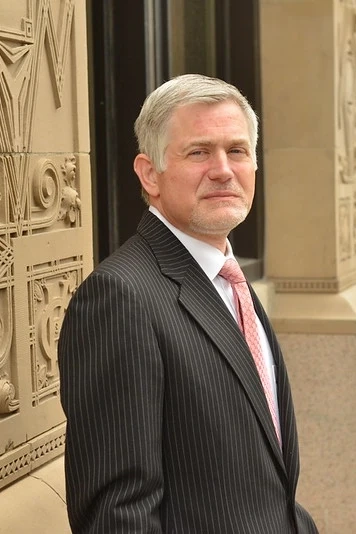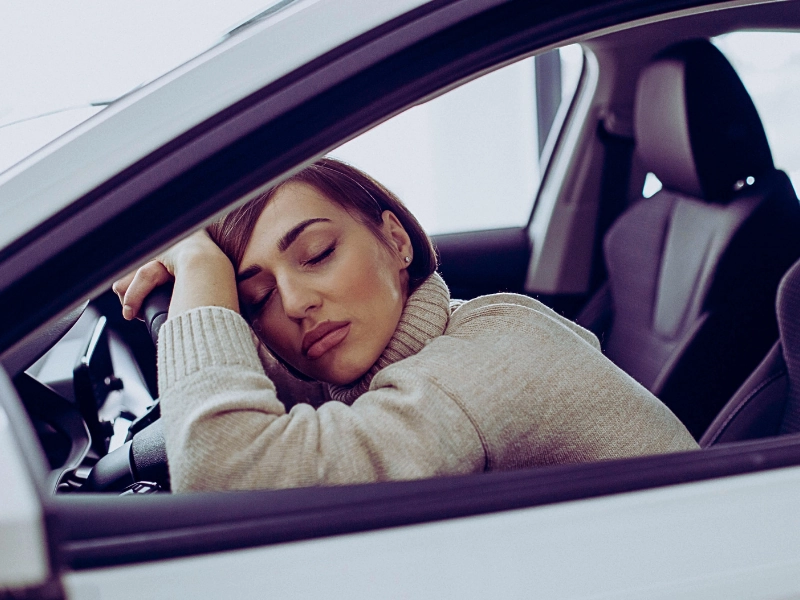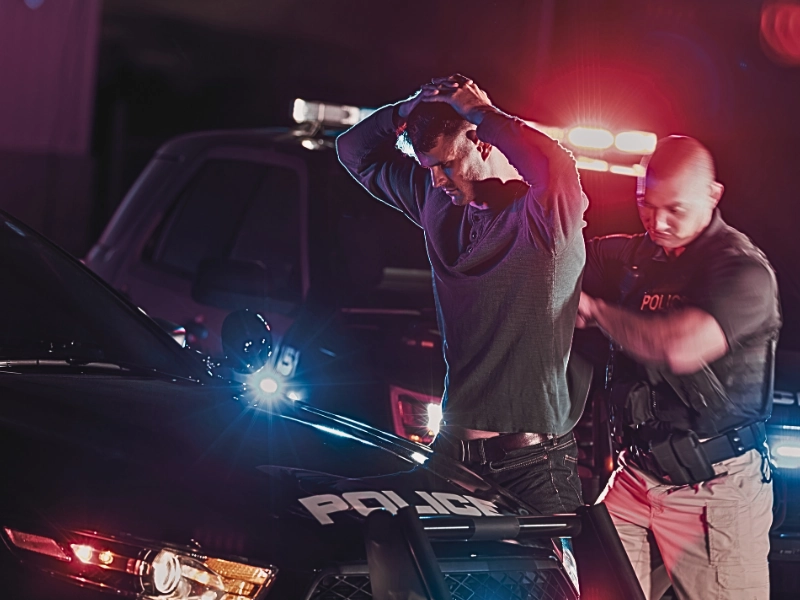Due to a rise in alcohol-related vehicle accidents, injuries, and fatalities, Minnesota law enforcement is cracking down on drunk drivers across the state.
Table of Contents
Minnesota Crackdown on Drunk Drivers
Minnesota is putting increased law enforcement officers on patrol to reduce the number of drunk drivers on the roads. The Minnesota Highway Patrol and 300 local law enforcement agencies plan to target and arrest intoxicated drivers in the state of Minnesota. The National Highway Traffic Safety Administration (NHTSA) is warning people to drive sober or get pulled over and face the consequences of a DWI.
The Minnesota crackdown on drunk drivers is a result of a rise in serious alcohol-related crashes and fatalities across the state. In 2018, Minnesota saw the highest number of DWI fatalities since 2015. According to accident statistics, alcohol-related crashes and fatalities are the highest during summer months when schools are out and people are traveling to vacation destinations. In Minnesota between 2014 and 2018, there were 127 people killed by drunk or impaired drivers during the summer months of June, July, and August. An additional 481 people were seriously injured in alcohol-related crashes across the state.
Labor Day weekend marked the official end of summer, but it also marked one of the most dangerous times for drunk drivers on the road. In 2018, there were 401 DWI arrests, 3.8 arrests every hour, during Labor Day weekend across Minnesota, making it the third-worst holiday for DWI accidents and injuries.
Drunk Drivers Face Serious Consequences
As part of Minnesota’s recent crackdown on drunk drivers, anyone arrested for a DWI can expect to face fines and legal fees up to $10,000, as well as other consequences that may have a long-term impact. Drivers arrested for DWI may face:
- A field sobriety test
- A Breathalyzer test
- Fingerprints
- Up to 500 personal questions by police
- A jail “pat down” and up to 48 hours in a jail cell
- A strip down, shower, and jail-issued clothing
A Minnesota DWI arrest can also result in an offender’s photo getting entered into a statewide law enforcement database, as well as the loss of a driver’s license for one year or longer, depending on the seriousness of the DWI offense. If someone is injured or killed in an alcohol-related crash, the drunk driver may be charged with DWI vehicular homicide, a felony offense in Minnesota. If convicted, the offender may face up to $20,000 in fines and up to 10 years in prison. A DWI vehicular homicide charge is a serious offense that requires a Minnesota DWI attorney who can provide proper criminal defense for a defendant.
Minnesota DWI Penalties are Harsh
Minnesota laws require law enforcement officers to arrest and charge a motor vehicle driver with drunk driving if the driver’s blood alcohol content (BAC) is 0.08 percent or above. In some cases, a driver with a BAC below 0.08 percent may still be arrested, depending on the circumstances of the stop. Drivers of commercial vehicles such as buses, large trucks, delivery vans, and taxis are required to have a BAC below 0.04 percent to avoid a DWI arrest.
For first time offenders, Minnesota imposes a variety of punishments based on the level of the driver’s BAC. If a driver’s BAC is below 0.16 percent, the driver will face a misdemeanor charge which warrants a $1,000 fine and up to 90 days in jail. If a driver’s BAC is above 0.16 percent, the driver will face a gross misdemeanor charge which warrants a $3,000 fine and up to one year in jail. If a driver refuses to submit to a Breathalyzer test, he/she may be charged with a gross misdemeanor. For repeat DWI offenders, Minnesota DWI attorneys usually see harsher punishments with higher fines, longer jail terms, and longer license suspensions.
If a driver’s license is suspended, the driver must complete all Minnesota requirements before his/her license may be reinstated. Requirements may include paying all fines, serving imposed jail time, driving for a stated period with an ignition interlock device, and attending alcohol abuse classes. Once all of the requirements are met, the driver must still do the following:
- Pay a driver’s license reinstatement fee of $680
- Pass a required DWI knowledge exam
- Complete a state-approved health assessment program for alcohol abuse
If penalties include driving with an ignition interlock device, the device may remain in place for up to six years, depending on the severity of the DWI offense. Ignition interlock devices are required for:
- First time DWI offenders with a BAC over 0.16 percent
- Second time DWI offenders
- DWI offenders with three or more offenses within ten years






